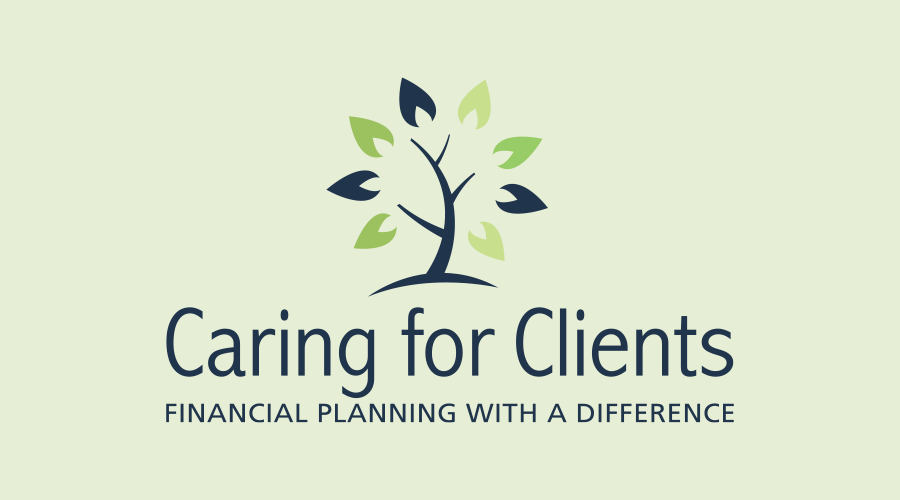We ask a lot of questions before developing an investor policy statement for our clients and one of them is about their rate of return expectations.
But we don’t ask with the intention of developing a portfolio designed to achieve those expectations. So why bother asking?
Well, we ask to get a sense of how much, and what type of client education will be necessary when we present the optimal portfolio.
One of the things we might discuss is the impact of volatility on returns. Here is a theoretical illustration to prove the point:
Beginning investment $100,000
| Year | 1 | 2 | 3 | 4 | 5 | 6 | 7 | 8 | 9 | 10 | Average return | Accumulated Value |
| Portfolio A | 6% | 6% | 6% | 6% | 6% | 6% | 6% | 6% | 6% | 6% | 6% | $179,085 |
| Portfolio B | 15% | 15% | 15% | 15% | -30% | – 10% | 0% | 15% | 15% | 15% | 6.5% | $167,580 |
Now, we realize that these numbers are constructed to illustrate the point, but the point is an important one nonetheless.
Individuals seeking double digit returns will typically purchase the Portfolio B investment in year three or four after the great returns have come to their attention. Then they experience the declines of years five and six. Typically, by year seven a number of them will decide that it wasn’t such a good investment after all and sell at a loss. With this kind of volatility, most investors don’t hold on long enough to receive the average 6.5% rate of return. And the bad news is that even if they were invested for the full 10 years, the 6.5% average gets them less money at the end of the day than the boring portfolio that generates 6% each year.
The bottom line is that volatility and sequence of returns matter. More on both of those subjects to come.
Stay tuned.
This information is of a general nature and should not be considered professional advice. Its accuracy or completeness is not guaranteed and Queensbury Strategies Inc. assumes no responsibility or liability.

